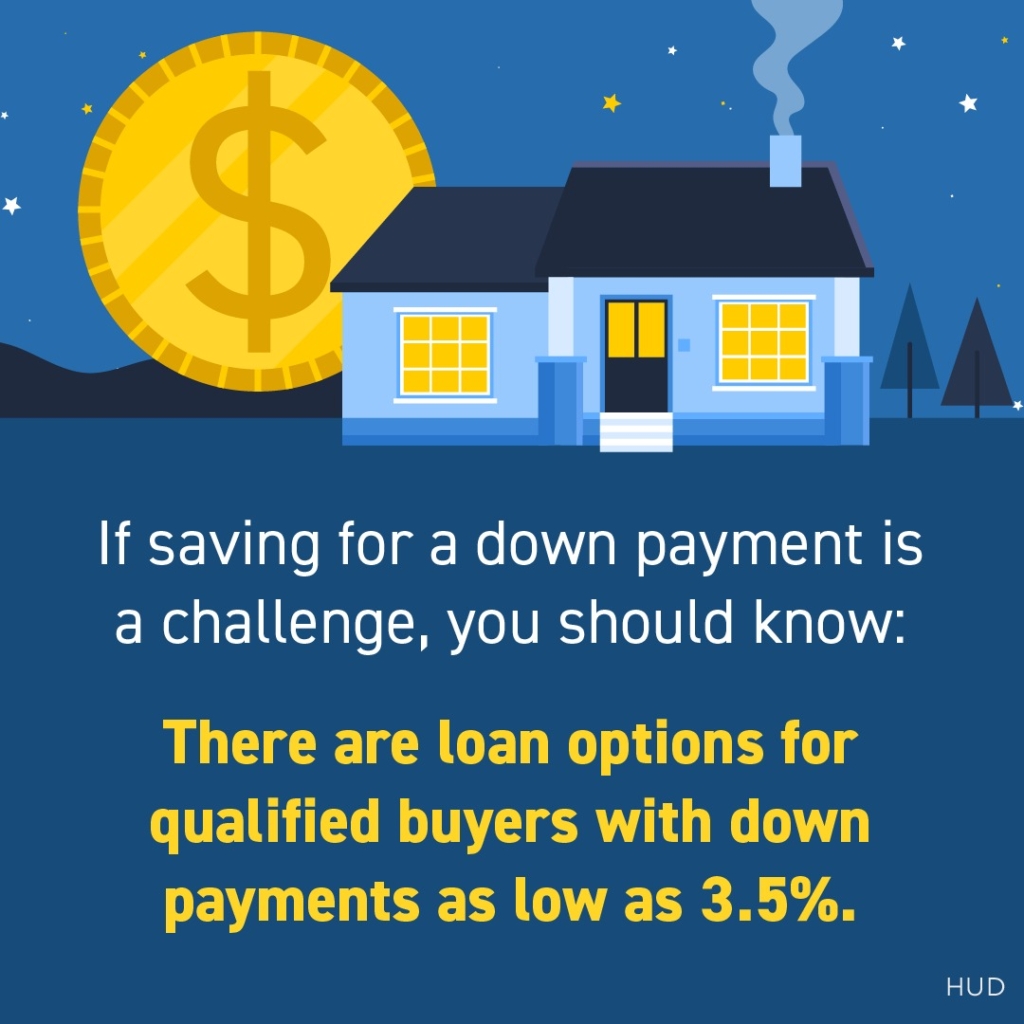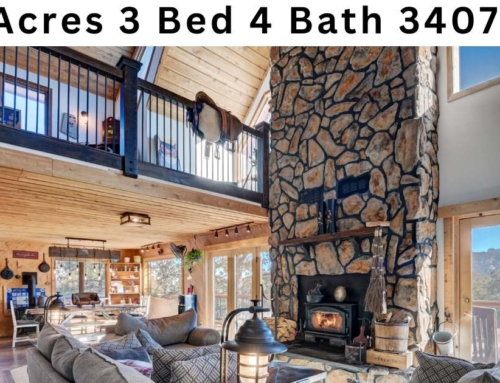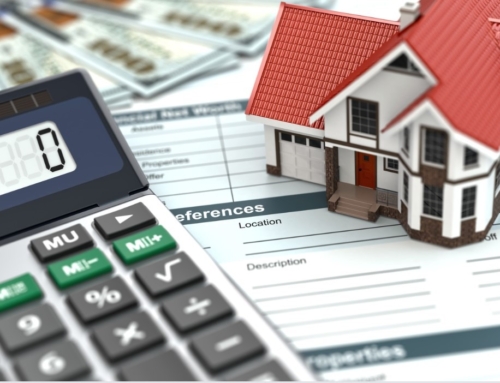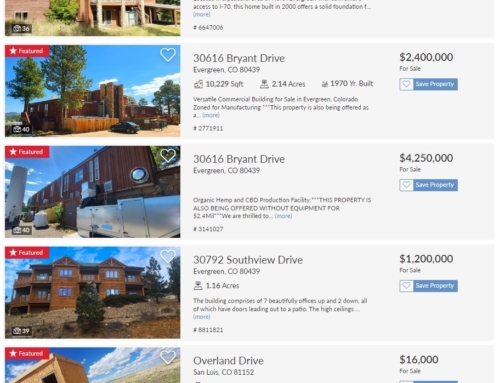
There are several types of mortgages available to buy a home, including:
Conventional mortgages: These are mortgages that are not insured or guaranteed by the government and are offered by private lenders.
Conventional mortgages are mortgages that are not insured or guaranteed by the government and are offered by private lenders such as banks, credit unions, and mortgage companies. These loans are considered to be “conventional” because they follow guidelines set by government-sponsored entities (GSE) such as Fannie Mae and Freddie Mac.
Some key features of conventional mortgages include:
Credit score requirements: Conventional loans typically require a higher credit score than government-insured loans.
Down payment: Conventional mortgages usually require a higher down payment, typically between 3-20% of the purchase price, depending on the lender and the borrower’s creditworthiness.
Private mortgage insurance (PMI): If the down payment is less than 20% of the purchase price, borrowers will typically be required to pay private mortgage insurance.
Loan limits: Conventional mortgages are not subject to the same loan limits as government-insured loans.
Fixed or adjustable rate: Conventional mortgages are available in both fixed-rate and adjustable-rate options.
Terms: Conventional mortgages typically have 15- or 30-year terms.
Conventional mortgages are a good option for borrowers with good credit, a steady income, and a significant down payment. However, these mortgages may not be ideal for borrowers with lower credit scores or those who don’t have a lot of money for a down payment.
FHA mortgages: These are mortgages that are insured by the Federal Housing Administration and are designed for first-time homebuyers or those with lower credit scores.
FHA mortgages are mortgages that are insured by the Federal Housing Administration (FHA). These loans are designed to make it easier for first-time homebuyers or those with lower credit scores to purchase a home by providing more lenient credit and down payment requirements than conventional mortgages.
Some key features of FHA mortgages include:
Credit score requirements: FHA mortgages typically have lower credit score requirements than conventional mortgages, with some lenders accepting credit scores as low as 500.
Down payment: FHA mortgages only require a minimum down payment of 3.5% of the purchase price.
Mortgage insurance: FHA mortgages require both an upfront mortgage insurance premium (UFMIP) and an annual mortgage insurance premium (MIP). The UFMIP is typically financed into the loan, while the MIP is paid monthly.
Loan limits: FHA mortgages have loan limits that vary by location, with higher limits in higher-cost areas.
Fixed-rate: FHA mortgages are typically fixed-rate mortgages, with terms of 15 or 30 years.
Property standards: FHA mortgages have property standards that the property must meet.
FHA mortgages are a good option for borrowers with lower credit scores or limited funds for a down payment. However, these mortgages may not be the best choice for borrowers with higher credit scores or larger down payments, as they typically require mortgage insurance and have higher interest rates than conventional mortgages.
VA mortgages: These are mortgages that are guaranteed by the Department of Veterans Affairs and are available to eligible veterans and active-duty military members.
VA loans are mortgages that are guaranteed by the Department of Veterans Affairs (VA). These loans are designed to help eligible veterans, active-duty military members, and some surviving spouses purchase a home by providing more favorable terms and conditions than conventional mortgages.
Some key features of VA loans include:
Eligibility: VA loans are only available to eligible veterans, active-duty military members, and some surviving spouses.
Credit score requirements: VA loans typically have more lenient credit score requirements than conventional mortgages.
Down payment: VA loans do not require a down payment, and borrowers may be able to finance 100% of the purchase price.
Mortgage insurance: VA loans do not require mortgage insurance, which can save borrowers hundreds of dollars per month.
Loan limits: VA loans have no loan limits.
Fixed-rate: VA loans are typically fixed-rate mortgages, with terms of 15 or 30 years.
Property standards: VA loans have property standards that the property must meet.
VA loans are a good option for eligible veterans and active-duty military members who want to purchase a home. These loans offer more favorable terms and conditions than conventional mortgages, including no down payment and no mortgage insurance requirements. However, these loans may not be the best choice for borrowers who don’t meet the eligibility requirements or those who want to purchase a property that doesn’t meet VA property standards.
USDA mortgages: These are mortgages that are guaranteed by the United States Department of Agriculture and are available to buyers in rural areas.
USDA loans, also known as USDA Rural Development loans, are mortgages that are guaranteed by the United States Department of Agriculture (USDA). These loans are designed to help buyers in rural areas purchase a home by providing more favorable terms and conditions than conventional mortgages.
Some key features of USDA loans include:
Eligibility: USDA loans are only available to buyers in rural areas as defined by the USDA. The property must also be used as the borrower’s primary residence.
Credit score requirements: USDA loans typically have more lenient credit score requirements than conventional mortgages.
Down payment: USDA loans do not require a down payment, and borrowers may be able to finance 100% of the purchase price.
Mortgage insurance: USDA loans require an upfront mortgage insurance premium (UFMIP) and an annual mortgage insurance premium (MIP). The UFMIP is typically financed into the loan, while the MIP is paid monthly.
Income limits: USDA loans have income limits based on location and household size.
Fixed-rate: USDA loans are typically fixed-rate mortgages, with terms of 15 or 30 years.
Property standards: USDA loans have property standards that the property must meet.
USDA loans are a good option for buyers in rural areas who want to purchase a home and do not have a lot of money for a down payment. These loans offer more favorable terms and conditions than conventional mortgages, including no down payment requirement. However, these loans may not be the best choice for buyers in urban areas or those who don’t meet the eligibility requirements or those who want to purchase a property that doesn’t meet USDA property standards.
Adjustable-rate mortgages (ARMs): These are mortgages where the interest rate can change periodically, usually in response to changes in the market.
Adjustable-rate mortgages (ARMs) are mortgages where the interest rate can change periodically, usually in response to changes in the market. These loans are also called variable-rate mortgages or adjustable-rate loans.
Some key features of adjustable-rate mortgages include:
Initial interest rate: The initial interest rate on an ARM is usually lower than the rate on a fixed-rate mortgage.
Adjustment period: The rate on an ARM is usually fixed for a certain period of time, typically 5, 7 or 10 years, after which it will adjust based on a specified index and margin.
Index: The index is a benchmark interest rate used to determine the rate on an ARM. Common indexes include the London Interbank Offered Rate (LIBOR) and the Treasury Index (CMT).
Margin: The margin is a fixed percentage that is added to the index to determine the rate on an ARM.
Caps: ARMs have caps that limit the amount the rate can increase or decrease during the adjustment period and over the life of the loan.
Payment caps: ARM payments can also be capped, which means that the payments will not increase more than a certain percentage annually, regardless of the rate increase.
Pros: ARMs can be a good option for borrowers who plan to sell the property or refinance before the rate adjusts, or for those who expect their income to increase significantly in the future.
Cons: ARMs can be risky because if the interest rate increases, the borrower’s monthly payments will also increase, which can make it difficult to afford the mortgage. Also, if the rate increases significantly, the borrower may not be able to refinance, sell the property, or make the higher payments, which can lead to default and foreclosure.
Adjustable-rate mortgages can be a good option for borrowers who expect to sell the property or refinance before the rate adjusts, or for those who expect their income to increase significantly in the future. However, these mortgages can be risky because if the interest rate increases, your payment goes up.
Fixed-rate mortgages: These are mortgages where the interest rate remains the same for the entire term of the loan.
Each type of mortgage has its own advantages and disadvantages, and the best option for you will depend on your individual circumstances.









Leave A Comment
You must be logged in to post a comment.